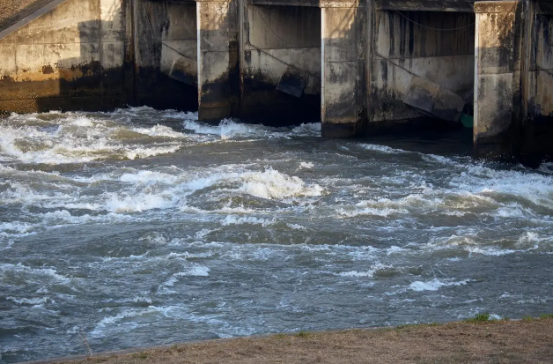In today's textile and dyeing industry, treating plant dye wastewater is an important environmental issue. With the increasing emphasis on environmental protection and sustainable development, finding an efficient, economical, and eco-friendly method for wastewater decolorization is crucial. Decolorizing agents for plant dye wastewater have emerged as an effective solution to this problem.
Plant dye wastewater typically contains complex organic components and high concentrations of color, making it challenging to treat. If discharged without proper treatment, this type of wastewater can severely pollute the environment and disrupt the ecological balance of water bodies.

Decolorizing agents specifically developed for plant dye wastewater exhibit the following features and advantages:
1. High-Efficiency Decolorization: These agents can quickly react with the colored substances in the wastewater, coagulating and precipitating them, effectively reducing the color of the wastewater and making the treated water clear.
2. Wide Applicability: They are effective for various types of plant dye wastewater, whether acidic, alkaline, or neutral.
3. Environmental Friendliness: Compared to some traditional chemical treatment methods, plant dye wastewater decolorizing agents are generally more environmentally friendly, producing no secondary pollution or additional harm to the ecosystem.
4. Ease of Use: Simple to operate, requiring no complex equipment or processes.
5. Cost-Effective: Achieves good decolorization effects while controlling treatment costs.
The primary mechanism involves chemical or physical actions that cause dye molecules in the wastewater to aggregate into larger particles, which can then be separated from the water through sedimentation or filtration.
When using plant dye wastewater decolorizing agents, consider the following:
1. Dosage Determination: Determine the appropriate dosage based on the specific characteristics of the wastewater to achieve optimal decolorization and economic efficiency.
2. pH Adjustment: Adjust the pH of the wastewater to optimize the performance of the decolorizing agent.
3. Combination with Other Processes: To enhance treatment effectiveness, consider combining with other processes such as coagulation and sedimentation.
Using modified leaves as adsorbents for dye wastewater decolorization is an effective method. Leaves modified with hydrochloric acid have a larger specific surface area, which can effectively adsorb pollutants in the wastewater. Experiments have shown that chemically modified leaves achieve good decolorization effects for low-concentration dye wastewater. Under optimal conditions of treatment concentration, dosage, reaction pH, and stirring time, an ideal decolorization rate can be achieved.
Decolorizing agents for plant dye wastewater provide an effective solution for treating this type of wastewater. They significantly reduce the color of the wastewater while being environmentally friendly and easy to use. In practical applications, by selecting and using decolorizing agents appropriately and combining them with other suitable treatment processes, efficient and economical treatment of plant dye wastewater can be achieved. This reduces environmental pollution and promotes the sustainable development of the textile and dyeing industry. Meanwhile, researchers continue to explore and develop more efficient and eco-friendly decolorizing agents and treatment technologies to meet increasingly stringent environmental requirements and the complex and diverse nature of wastewater.











